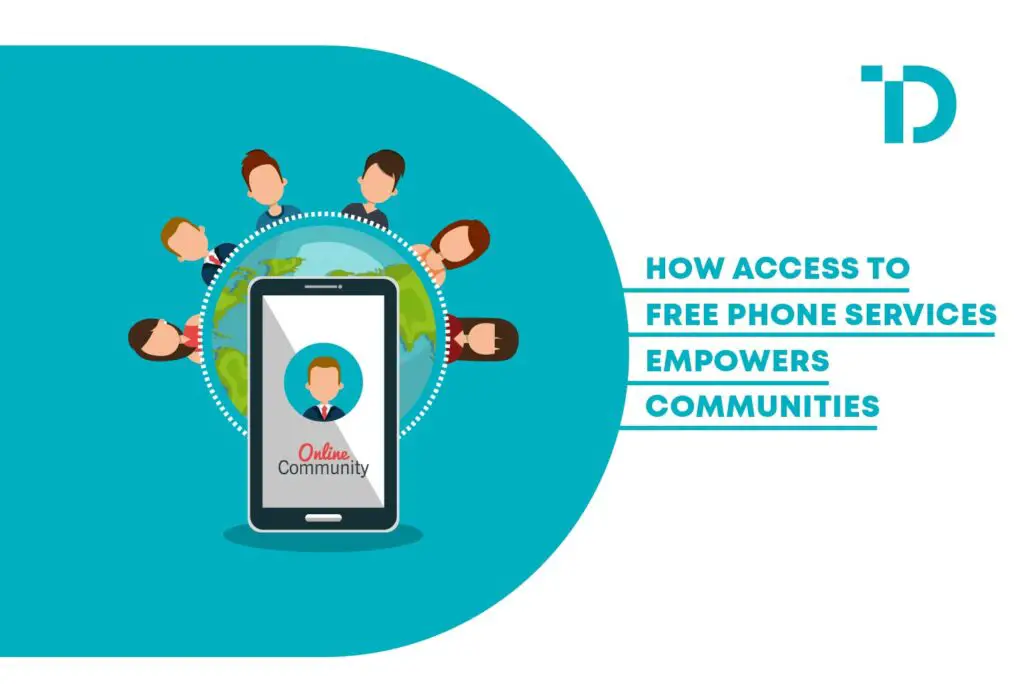Understanding the Digital Divide
The digital divide has become a significant concern in our rapidly modernizing world. This term refers to the digital divide between those with and without access to modern information and communication technologies. Such a division can have far-reaching implications on a person’s ability to secure employment, engage with educational resources, and interact with government services. Compelling data from organizations like the Pew Research Center show a strong correlation between this divide and socioeconomic disparities, indicating that bridging this gap is crucial for equality and social mobility.
The Importance of Connectivity in the 21st Century
Connectivity has become a fundamental component of modern life, crucial for active participation in nearly every aspect of society. Access to phones and the internet plays a significant role in an individual’s ability to succeed in the digital age, from job hunting to scheduling doctor’s appointments. The lifeline program in Pennsylvania aims to provide this essential service for those who need it. Moreover, during times of crisis, such as a global pandemic, the need for reliable communication channels becomes even more accentuated, as it can be a lifeline for remote work, distance learning, and telemedicine. Hence, connectivity is not merely about staying in touch but ensuring access to opportunities that cultivate personal growth and community resilience.
The Mechanics of Lifeline Programs
Lifeline programs represent a vital initiative for addressing the lack of connectivity for low-income households. They aim to make phone services accessible to those who might otherwise be unable to afford them. In regions like Pennsylvania, the Lifeline program acts as a model, exemplifying how these services can support low-income families by offering free or heavily subsidized phone services. By enabling all residents to participate in the digital economy, such a program fosters inclusion and community solidarity.
Success Stories from Free Phone Service Beneficiaries
One of the most compelling arguments for continuing and expanding Lifeline programs comes from the beneficiaries themselves. Across communities, individuals speak out about the doors opened once they gain access to essential services through these programs. The stories are diverse, from a student who could finally submit homework online to a job seeker who could schedule interviews over the phone to a senior receiving medical advice without having to travel. These stories highlight the significant impact that Lifeline services can have on individuals’ lives and the consequent ripple effect of empowerment that can lift entire communities.
How Free Phone Services Contribute to Economic Development
The benefits of widespread connectivity echo well beyond individual stories; they resonate at the macroeconomic level. Access to free phone service undergirds economic development initiatives by equipping individuals with tools necessary for entrepreneurship, job searching, and financial management. In local economies, this can translate to a buoyant marketplace, increased innovation, and the growth of small businesses. These economic stimuli not only lead to higher living standards but also promote the diversification and resilience of local economies. Connectivity catalyzes development, fostering an environment where businesses and communities thrive.
Challenges and Criticisms of Phone Service Assistance Programs
Despite the evident benefits, Lifeline programs have not been without their detractors and challenges. Some question their fiscal sustainability and potential for exploitation, while others worry they could offer outdated technology or insufficient services. These criticisms underscore the need for ongoing oversight, transparency, and modernization in the structure and delivery of these services. Continuous evaluation helps ensure that these programs effectively address the needs of their intended populations without undue strain on public resources.
The Role of Government and Public Policy
The government’s role in mitigating the digital divide cannot be overstated. Through legislative efforts and policy formation, the government can enact substantial change. Recent reports from bodies such as the Federal Communications Commission show an active commitment to ensuring that technological advancements are equitably distributed. It is through these concerted efforts and the vital collaboration between public and private entities that Lifeline programs continue to expand and improve their outreach.
Leveraging Technology to Enhance Lifeline Services
As technology evolves, so do the opportunities to enhance lifeline services. Innovations in mobile and broadband technology have the potential to make these services more accessible, more reliable, and more user-friendly. Forward-thinking strategies can integrate emerging tech trends to ensure that Lifeline programs not only keep pace with market-driven services but potentially lead in delivering cutting-edge solutions to the underserved populations that can benefit the most from such advancements.
The Path Forward: Expanding Access and Empowerment
The journey towards full digital inclusion continues with the acknowledgment that there is still much to do to ensure broad access to telecommunications services. Promoting Lifeline programs is essential to increase their reach, while advocacy and policy reforms can perpetuate the momentum of these initiatives. As communities become more aware of and engaged with the benefits of such programs, the door to a more connected future opens wider, inviting all to step into an era of enhanced digital empowerment.
Conclusion: The Future of Connectivity and Community Empowerment
Closing the digital divide requires collective action from individuals, communities, governments, and the tech industry. Lifeline programs like those in Pennsylvania are a beacon of what can be achieved when we channel resources and innovation toward inclusive growth. By providing communities with the tools for connectivity, we invest in a future where every individual can engage with the digital world, contributing to and reaping the benefits of a connected and empowered society.
Related Articles:
How To Bypass Screen Time: iPhone Parental Control Hacks
Android Device Manager Location Unavailable – Here’s How to Fix it
